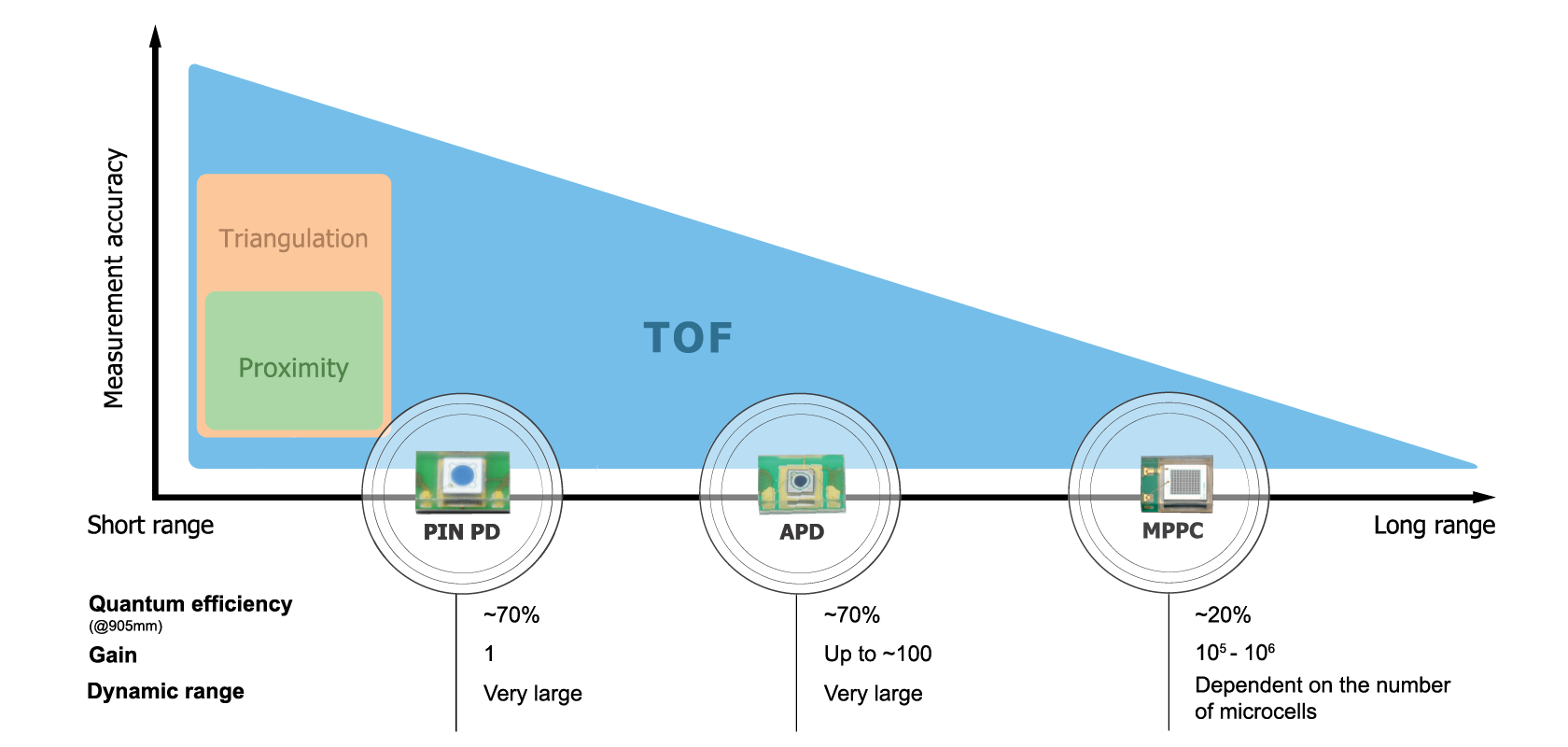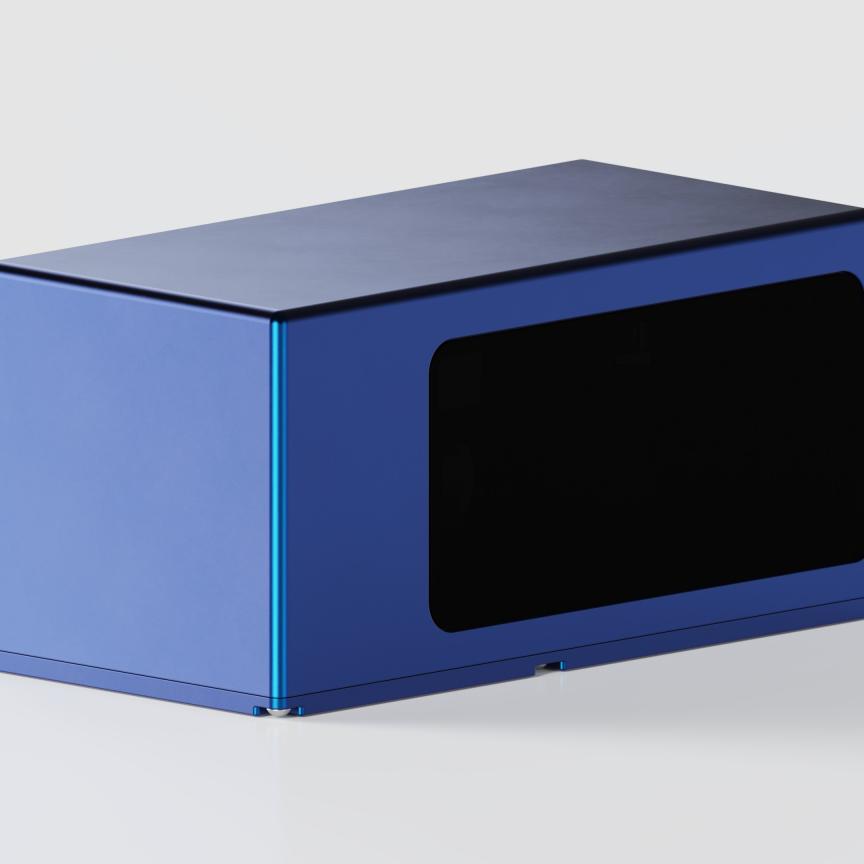Lidar is enabling autonomous systems in a growing range of areas, but which version of the technology is right for your application and how can you customise it?
Whether in factories or cars, the use of smart and autonomous systems is increasing. Sophisticated sensors and imaging processors that provide true-to-life images of the surroundings are important conditions for safe and functional systems. Complete accuracy and fast reaction times are essential in this field, even at high speeds and in unforeseen situations.
One of the most promising developments in recent years has been the use of lidar (light detection and ranging) systems, an optical method aimed at measuring distances and speed. Unlike the related radar system, lidar sensors identify the environment by means of light only, which is detected by a photosensor. But not all lidar is the same, and not all photosensors are equal. Which technology is the most suitable is not always clear to the manufacturer and depends on the specific application.
Main lidar approaches
Currently, there are two technological approaches to lidar: time-of-flight, also called TOF, and frequency-modulated continuous-wave (FMCW). While TOF lidars are recognised as the norm, FMCW systems are growing in popularity as they overcome some of the problems of the time-of-flight approach.
The basic principle of TOF lidar is simple: a light source emits a concentrated beam of light that is reflected by an obstacle – such as a pedestrian or a car – and bounces it back to a photosensor. The sensor calculates the object’s distance, based on the time the reflected light needs to hit the sensor.
Types of photosensors One factor to take into consideration is the distance: the greater the distance from the object to be detected, the lower the measurement accuracy. However, this principle is not equal for all types of photosensors. Depending on the application, manufacturers can choose from three types of photosensors: silicon pin photodiodes (PIN PD), silicon avalanche photodiodes (APD) and multi-pixel photon counters (MPPC), also known as silicon photon multipliers (SiPMs) or SPADs (single photon avalanche diodes).
Review of photosensors by photon count and distance
Photosensor performance will differ depending on light (number of photons) and distance. For example, when there is a high number of photons at a short distance and a high reflectivity from the object, we can only use the PIN PD (APD and MPPC would be saturated). However, when the light decreases, meaning the object is moving further away from the light source and the detector, we should use a detector with a higher gain. In this range, the best solution is an APD. In yet another scenario, if we decrease the light but use a longer distance of 100m for example, a single photon detector with a very high gain should be used: the MPPC.
As you can see in Figure 1, each photosensor supports a different lidar system.
Customisation
Yet sensor technologies are not the only consideration. Depending on the lidar scanning system, such as the traditional system or flash (flooded light array type) and the exact use case application (for example, long-range for highway pilot or short-range cocoon for parking), a different sensor geometry and function will be needed. This poses one of the key challenges to sensor providers: the need for customisation.
For example, recently there has been an increase in the need for 2D MPPCs or SPAD detectors that are already similar to image sensors, but with much higher sensitivity. This customisation could be as simple as changing the gap size between the detector elements in an array, or as complex as designing a whole new ASIC. It could also include complete optical assemblies that combine a light source such as a pulsed laser diode with sensors and bandpass filters.
Hamamatsu Photonics, a leader in photonics solutions, has the capability and experience to produce such custom chips, from the manufacturing of the semiconductors up to the special packaging that is necessary to fulfil the demanding automotive standards. We can fulfil customisation requests from the simple to the complex to fit the sensor perfectly to your needs.
Further information


